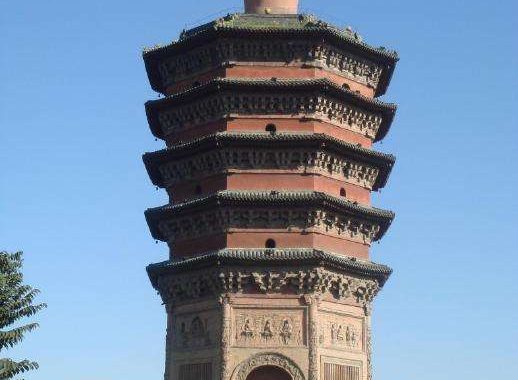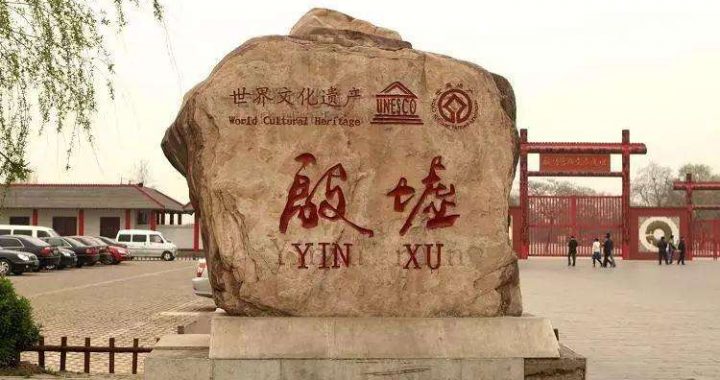The History of Anyang
3 min readIn the northernmost part of Henan province,a place where the three provinces of Shanxi,Henan and Hebei meets,there lies a city named Anyang surrounded by TaihangMountains in the west,Zhanghe River in the north and the North China Plain in the southeast.As remote as in the Paleolithic Era,human traces could be found here.
Around the 16th century BC,the second slavery country in the Chinese history-the Shang dynasty-was founded.In order to stabilize the turbulent new country,around 14th century BC,the twelfth king of the Shang dynasty whose name was Pan’geng made the decision to move the country’s capital into the place where today’s Anyang is and changed the name of the place from Xiang to Yin.Since then,Yin,a land with rich soil and abundant water resources,remained capital for 273 years until the demise of Shang.Thus Anyang is among the first early cities in the Chinese history and one of the renowned ancient capital cities in China.
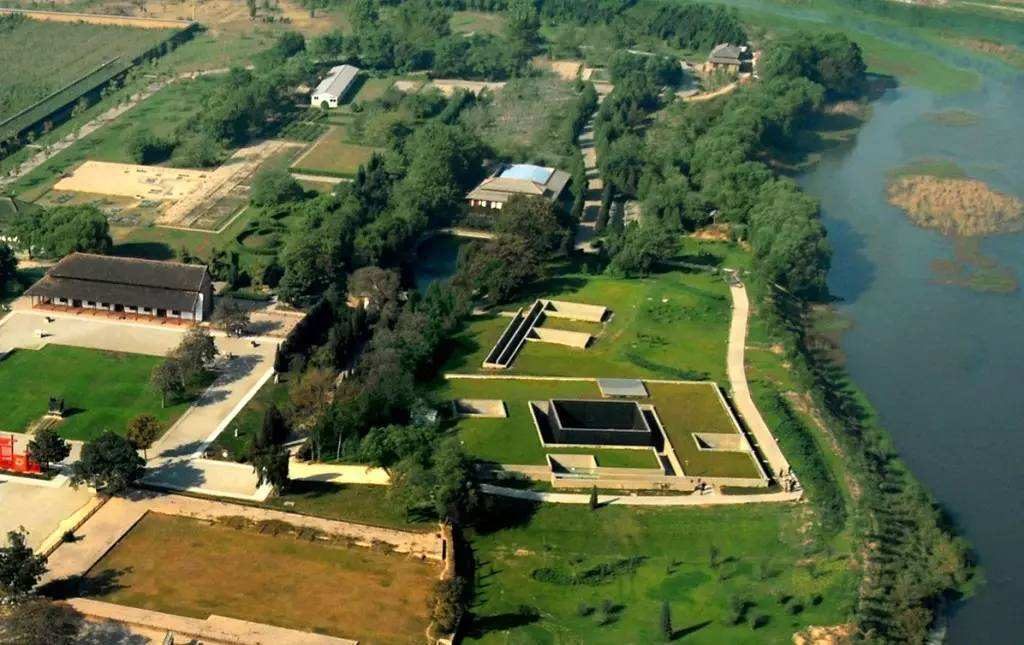
Bird’s eye view of the Yin Ruins in Anyang
Chinese slavery society welcomed its heydays after Shang moved its capital,as the political system was gradually consummated and rapid development occurred in the field of bronze production and agricultural production.Shang people were good at farming.Various agricultural tools used at that time and series of farming techniques mastered by people made more varied and even surplus produce available.
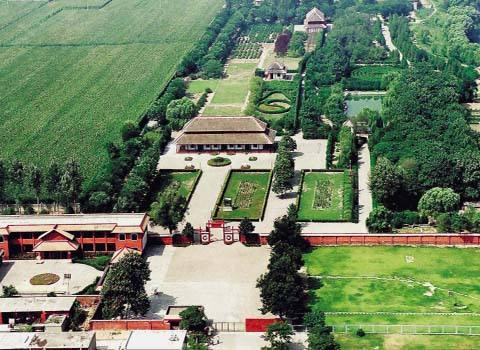
This can be proven by the inscriptions of wine making on bones or tortoise shells of the Shang dynasty.Meanwhile,people began to raise livestock.And all these ensured the early trade.Records also show that people already noticed solar and lunar eclipses,which was the earliest with exact dates all over the world.Great progress was also made in science and technology as well as in culture.All in all,Yin stayed the political,economical and cultural center of the period.
King Zhou,the last King of the Shang dynasty,was especially cruel,and he gave little attention to government affairs and conflicts in every field became fierce.
Meanwhile,Zhou,a kingdom in the west became stronger.Zhou and Shang had a battle near Yin,which was known as”War at Muye”in Chinese history.Shang ended up the defeated and its capital Yin also turned ruins in the flames of war.
Anyang did not find its next spring until the Spring and Autumn-Warring States period,when the region along the Yellow River gained its military,as well as political and economic importance.Two cities were built:Yecheng and Anyang.The former was built on the ruins of Yin by Duke Huan of Qi state in the Spring and Autumn period for defense purpose.Jin state took over Anyang from Wei State by force,and gave the city the present name.
After the Qin dynasty was founded,Anyang became a county of Handan prefecture.
But it was made part of Tangyin county in the Han dynasty.
In the Three Kingdoms period,Ye was appointed by Cao Cao the capital of Wei and became the governance center of the north. Thus Anyang came to its glory again. The reason Cao Cao chose the place to be the capital is obvious: Anyang enjoyed economic advantage due to a dense population and abundant food supply. Moreover, situated in the center of the north, the city was of strategic importance.
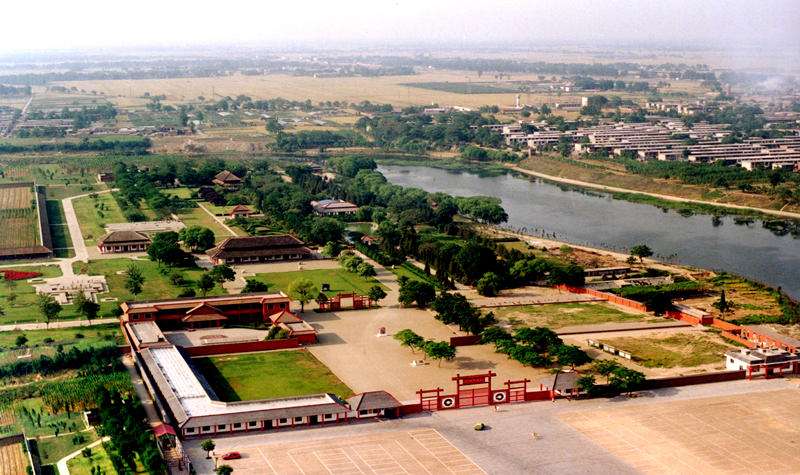
·Portrait of Cao Cao
Then for nearly half a century in the period of Southern and Northern Dynasties, Anyang was the capital of Eastern Wei and Northern Qi successively. Numerous Buddhist buildings that have been preserved can still remind today’s visitors of the glory of Buddhism in those days.
In the Sui dynasty, Yin and Ye were united into one, and Ye later was named Anyang county. In the Tang dynasty, given the importance of Anyang, the royal court established a governor-general office there.
After the Song dynasty, however, Anyang gradually lost its importance.

